Did you know that San Francisco landmarks attract over 25 million visitors annually , making the city one of the world’s top tourist destinations? Whether you’re drawn by the sweeping currents of the Bay Area, fascinated by national historic districts, or eager to walk the same streets that shaped American history and culture, exploring the city’s iconic sites reveals a living tapestry combining past and present. This guide is your key to understanding why these remarkable places capture our imagination—and how you can experience the very best of San Francisco for yourself.
San Francisco Landmarks: A City of Architectural Icons and Historic Districts
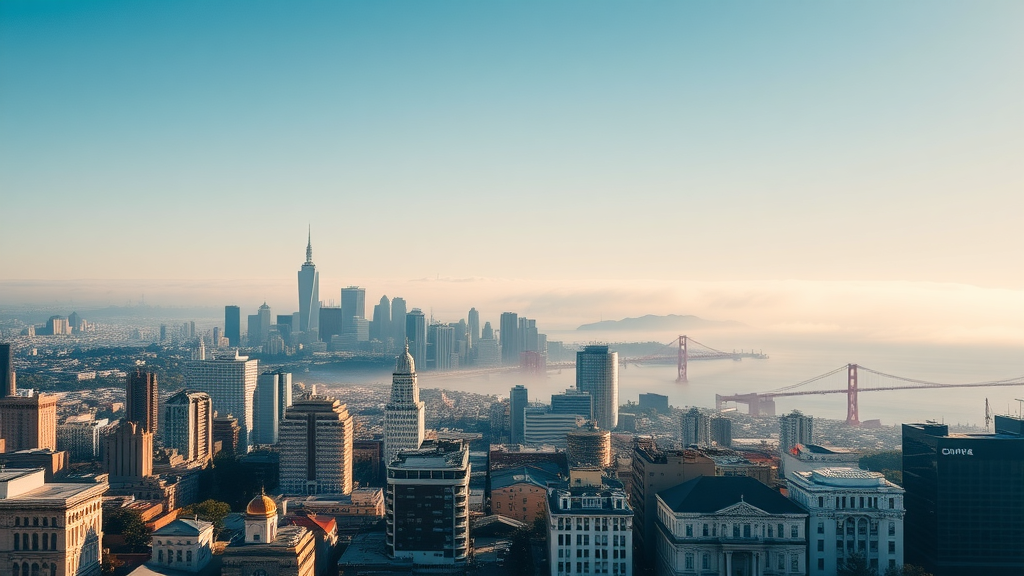
- Did you know San Francisco landmarks attract over 25 million visitors annually, making the city one of the world’s top tourist destinations?
- Uncover why these san francisco landmarks are historically and culturally significant.
- Journey through unique landmark districts that shape the city’s distinctive character.
San Francisco landmarks form the backbone of the city’s identity, weaving together architectural icons like the Golden Gate Bridge with historic districts such as Chinatown and Haight-Ashbury. Through a harmonious blend of art deco masterpieces and preserved Victorian homes, San Francisco’s cityscape is a testament to its complex history. As you explore these districts, you’ll step into an urban landscape shaped by waves of immigration, civil rights movements, and the city’s larger-than-life role in American history and culture .
Beyond their visual splendor, these francisco landmarks serve as anchors that foster community, celebrate diversity, and honor cultural heritage. The importance of their preservation and continued relevance cannot be overstated: from the iconic stepped streets and cable cars to the bustling piers along the San Francisco Bay , each landmark reflects a chapter in the city’s evolution. Through official landmark districts —designated by the city’s planning code and protected by the historic preservation board—San Francisco ensures its legacy endures for generations to come.
Why San Francisco Landmarks Matter: Cultural, Historic, and Social Significance
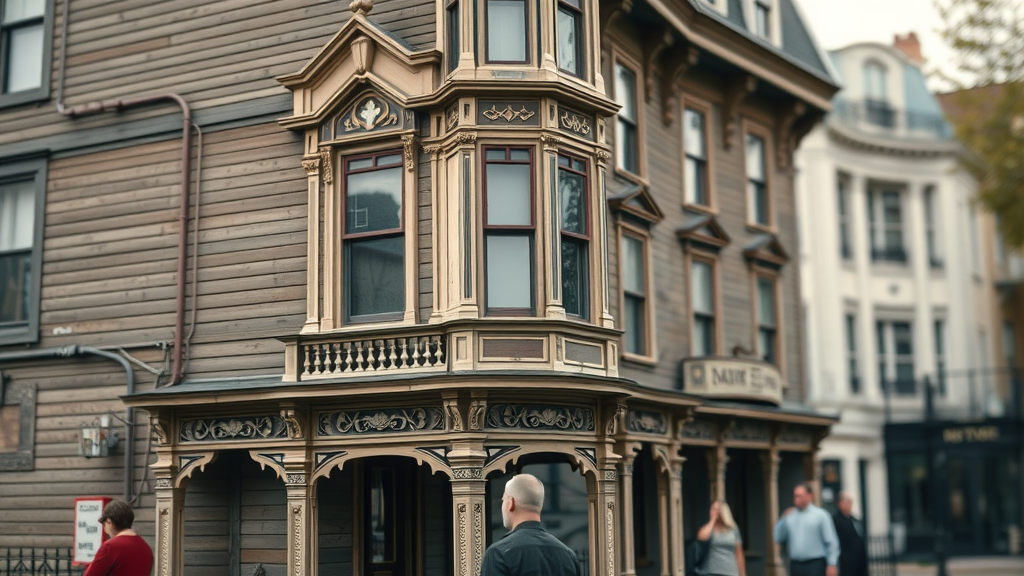
The magnitude of San Francisco landmarks extends well beyond their photogenic appeal. They symbolize milestones in civil rights, engineering innovations, and the ever-evolving tapestry of San Francisco’s diverse communities. By walking through districts like the Mission , the Castro , and Chinatown , you engage with the living history that shaped the broader United States . Each historical landmark is recognized not just for its architecture, but for its role in sparking social change, housing new immigrant populations, and bringing the story of American history to life.
Official designation of landmarks and landmark districts ties intimately into historic preservation and urban identity. The city’s Board of Supervisors and the register of historic places both play key roles in ensuring that these extraordinary sites are not lost to time or modernization. In San Francisco, preserving a national historic site means honoring the story of resilience, innovation, and social justice that defines both the city and the nation.
The Role of San Francisco Landmark Districts in Preserving Heritage
Designated landmark districts serve as cultural time capsules, maintaining the city’s unique character against rapid urban development. Within these districts, architectural styles—from Victorian row houses to Art Deco towers—are carefully guarded under the city’s planning code . This ensures that histories connected with each francisco landmark remain visible and accessible. Walking through Haight-Ashbury or the alleys of Chinatown, visitors encounter layers of San Francisco’s cosmopolitan evolution, preserved for educational enrichment and community pride.
Maintaining national historic landmarks isn’t just about saving old buildings. It’s about safeguarding the spaces where significant events in civil rights, literature, and pop culture unfolded. These efforts enhance tourism, foster community involvement, and ensure that new generations can connect with the spirit of San Francisco ’s past. By visiting landmark districts, you support ongoing preservation efforts and contribute to the continuation of these irreplaceable cultural treasures.
Historic Landmarks That Define San Francisco
San Francisco’s identity is inseparable from its historic landmarks . Sites like the Golden Gate Bridge , Alcatraz Island , and the Painted Ladies are not just familiar postcard images; they are chapters in the city’s narrative of transformation. These locations have found recognition on the National Register of Historic Places , reflecting their importance to both local life and international culture. Street names like Lombard and declarations of entire landmark districts showcase just how embedded these places are in the daily rhythm of the city.
“San Francisco’s landmarks are living testaments to its rich history and innovative spirit.” – Local Historian
Today, locals and visitors alike celebrate these historic sites, drawing inspiration and a sense of belonging from their continued presence. Whether explored on foot or admired from afar, each landmark serves as a gateway into the city’s vibrant soul.
Top Must-See San Francisco Landmarks Every Visitor Cannot Miss
- Golden Gate Bridge
- Painted Ladies
- Twin Peaks
- Lombard Street
- Alcatraz Island
- Landmark districts such as Chinatown and Haight-Ashbury
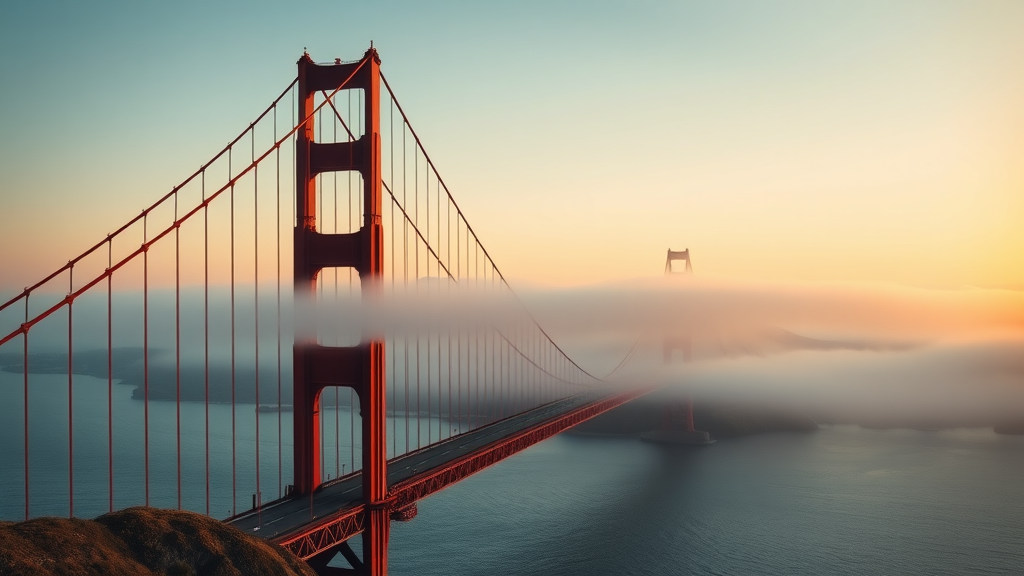
No journey through San Francisco landmarks is complete without experiencing its most celebrated sites. The Golden Gate Bridge stands tall as an engineering marvel and beloved symbol of the city, while the pastel-hued Painted Ladies on Alamo Square embody the city’s Victorian-era elegance. Head up Twin Peaks for breathtaking vistas—or weave down brick-lined Lombard Street , known as the “crookedest street in the world.” Each of these sites captures different facets of San Francisco’s story, attracting hundreds of thousands of visitors each year.
The landmark districts of Chinatown and Haight-Ashbury beckon with vibrant culture and historic resonance. Alcatraz Island , once a notorious federal prison, is now a powerful site for reflection on civil rights and criminal justice history in the United States. As you map out your visit, let this curated list be your launching point—ensuring you don’t miss any of the essential francisco landmarks that define the city.
Golden Gate Bridge: The Iconic San Francisco Landmark
Architectural Marvel: Exploring the Golden Gate
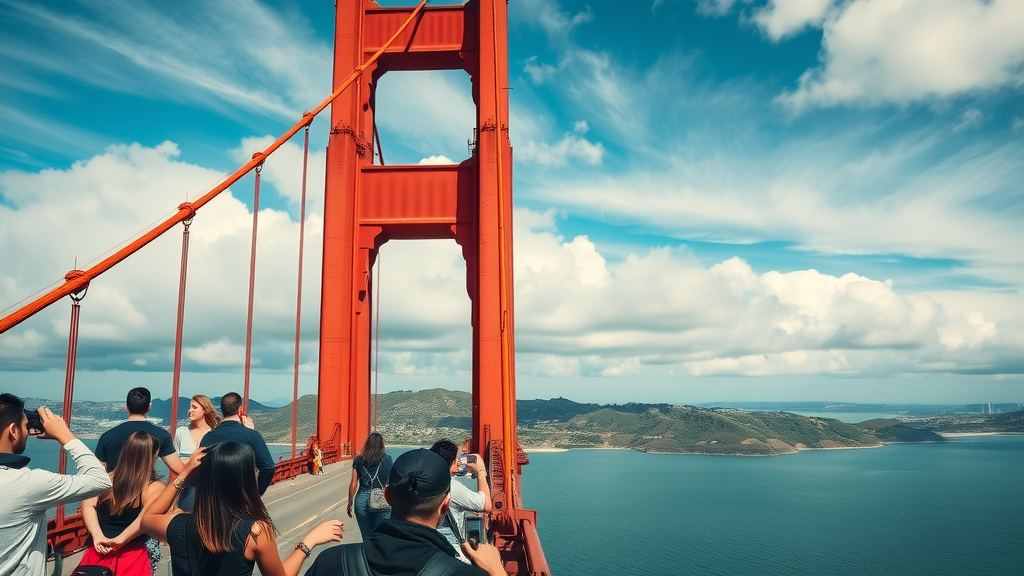
Recognized worldwide as the most iconic san francisco landmark , the Golden Gate Bridge is a masterclass in art deco design and world-class civil engineering. Stretching 1.7 miles across the mouth of San Francisco Bay , its International Orange towers soar above vessel-dotted waters, connecting the city to Marin County. The bridge debuted in 1937 as the world’s longest and tallest suspension bridge—a record at the time that established San Francisco as a center for innovation.
From its elegant curves to the bold contrast of color against frequent rolling fog, the Golden Gate Bridge offers endless opportunities for photography and reflection. Visitors can stroll along its pedestrian walkways, capture panoramic shots of the bay and skyline, and pause to take in interpretive plaques that recount the bridge’s rich story—from its construction to its lasting legacy as a monument to progress.
Historic Significance and Visitor Tips
The Golden Gate Bridge holds a place on local, national, and international registers of significance not only for its architectural beauty but also for its role in shaping San Francisco’s modern identity. Officially declared a national historic landmark, the bridge represented a triumph over natural, economic, and engineering obstacles. It has witnessed countless cultural events and played a starring role in popular media worldwide, standing as a true historical landmark of the United States .
For visitors, optimal experiences include timing your walk across the bridge with the sunrise or sunset—when light and fog combine to create unforgettable scenes. The nearby Fort Point National Historic Site offers unique vantage points for viewing as well. Remember to bring layers; wind and fog can roll in even on the sunniest days. For more stories on its history, join a guided tour or browse the park visitor center to discover in-depth narratives about this remarkable francisco landmark .
| Landmark | Year Built | Notable Facts |
|---|---|---|
| Golden Gate Bridge | 1937 | 1.7 miles long, painted ‘International Orange’ |
| Alcatraz | 1934 (prison) | Former federal prison site |
| Painted Ladies | 1892 – 1896 | Featured in popular media |
Distinctive Landmark Districts: Preserving San Francisco’s Unique Identity
Exploring Mission District – A National Historic Landmark
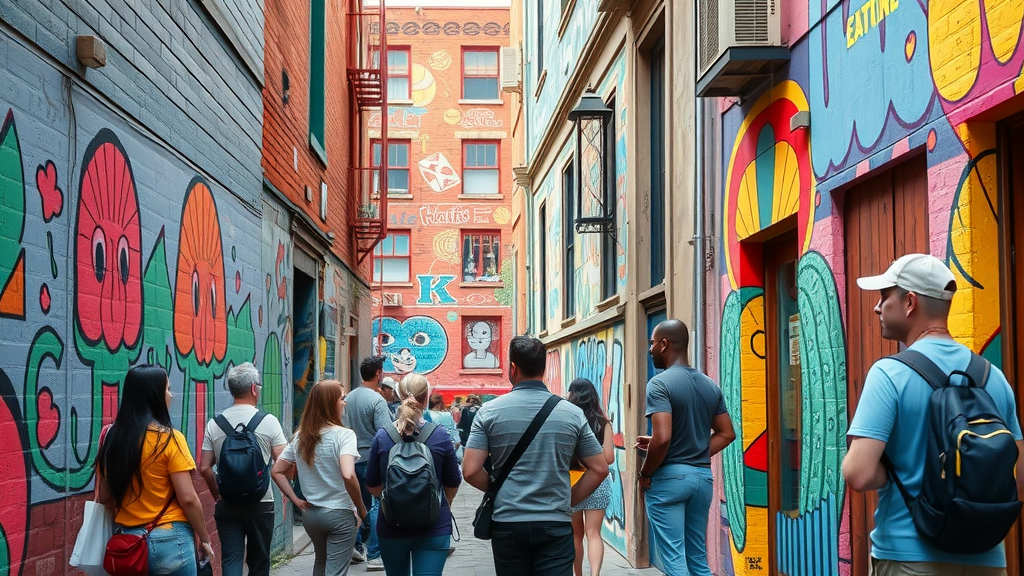
The Mission District stands out as a living canvas where street art and history intersect. Established in the late 1700s around Mission Dolores—San Francisco’s oldest intact building—this national historic district reflects the city’s multicultural legacy. Balmy Alley’s vibrant murals chronicle social justice struggles, immigrant stories, and Bay Area cultural movements, transforming public spaces into galleries that speak to residents and visitors alike.
Walking tours of the Mission District allow travelers to experience firsthand its blend of old and new—historic landmarks, colorful community events, and exceptional local cuisine. This area’s historic designation protects its identity and encourages the ongoing celebration of Latino, Chicano, and LGBTQ+ communities that have left indelible marks on San Francisco’s social fabric.
Chinatown, Castro, and Haight-Ashbury: Landmark Districts Steeped in Culture
Each of San Francisco’s famed landmark districts tells a unique story. Chinatown , the oldest in North America, is more than a bustling marketplace; it’s a center for cultural resilience, visible in festivals, traditional craftsmanship, and hidden temples. Castro stands as a globally recognized beacon for LGBTQ+ rights and civil rights movements, marked by its colorful pedestrian crossings and memorials to local heroes.
Haight-Ashbury remains synonymous with the countercultural explosion of the 1960s, housing the original homes and gathering spots of some of music and literary history’s brightest figures. Today, these districts draw visitors seeking immersion in the vibrant, ever-evolving character of San Francisco—where history is not only preserved but lived daily.
Natural Wonders as San Francisco Landmarks: Twin Peaks and San Francisco Bay
Twin Peaks: Panoramic Views and a Historic Francisco Landmark
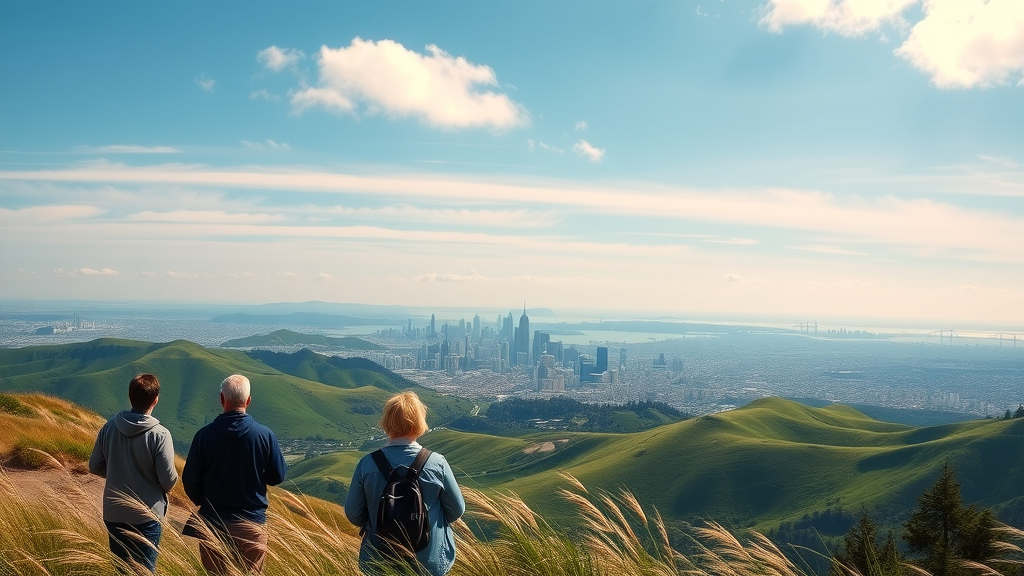
Towering above the city, Twin Peaks delivers some of the most exhilarating panoramic views found anywhere in the Bay Area. These two prominent hills, rising nearly 1,000 feet, have long been cherished as both a recreational haven and a san francisco landmark . Originally designated as a natural open space, they now offer walking trails, scenic overlooks, and unique perspectives of the city’s layout—especially striking at sunrise or sunset.
The unique ecology and open-air freedom found at Twin Peaks highlight San Francisco’s often-overlooked gallery of natural landmarks . Their enduring visibility helped early settlers orient themselves and have influenced countless civic and cultural rituals. Whether you’re after a brisk morning hike or that iconic citywide snapshot, Twin Peaks promises a distinctly San Franciscan sense of wonder.
San Francisco Bay: The Heart of Landmark Districts and Leisure
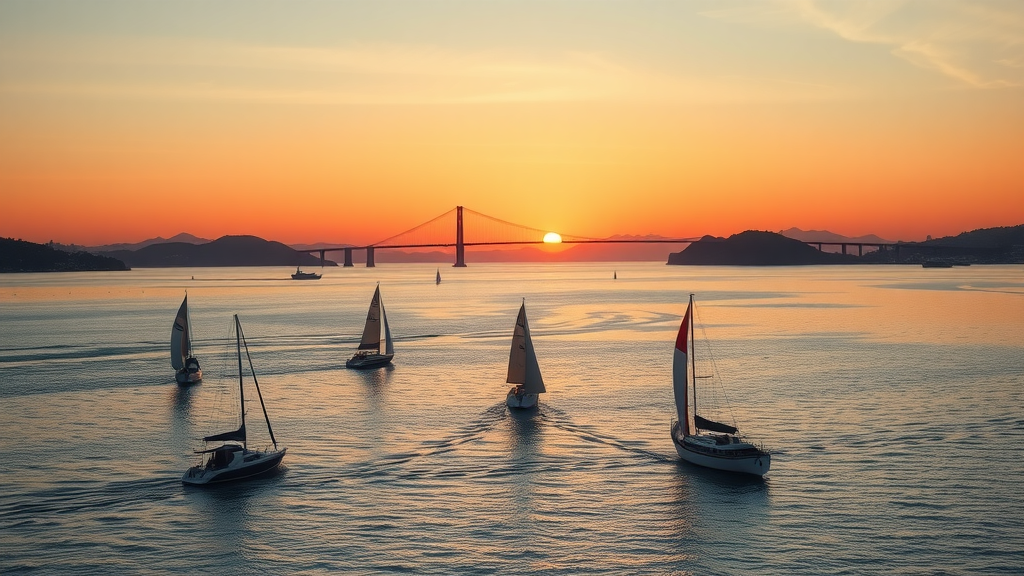
At the heart of the city lies San Francisco Bay : a dazzling expanse that shapes the city’s geography, climate, and recreational life. This crucial waterway has defined shipping, fishing, and settlement patterns since before the Gold Rush, and remains a focal point for both industry and leisure today. On any given afternoon, you’ll see sailboats gliding past Alcatraz Island , bustling piers brimming with activity, and the unique silhouette of the Golden Gate Bridge bridging the horizon.
From waterfront trails along the Embarcadero to the protected wild spaces at Crissy Field (a national park site), the bay deeply intertwines with the daily experience of San Francisco. Its status as a natural landmark supports both ecological diversity and the city’s lively social scene, reminding visitors and locals alike that the city’s story has always flowed with the tides.
Hidden Gems: Lesser-Known San Francisco Landmarks Worth Exploring
- Balmy Alley murals
- Sutro Baths ruins
- Fort Point National Historic Site
- Coit Tower
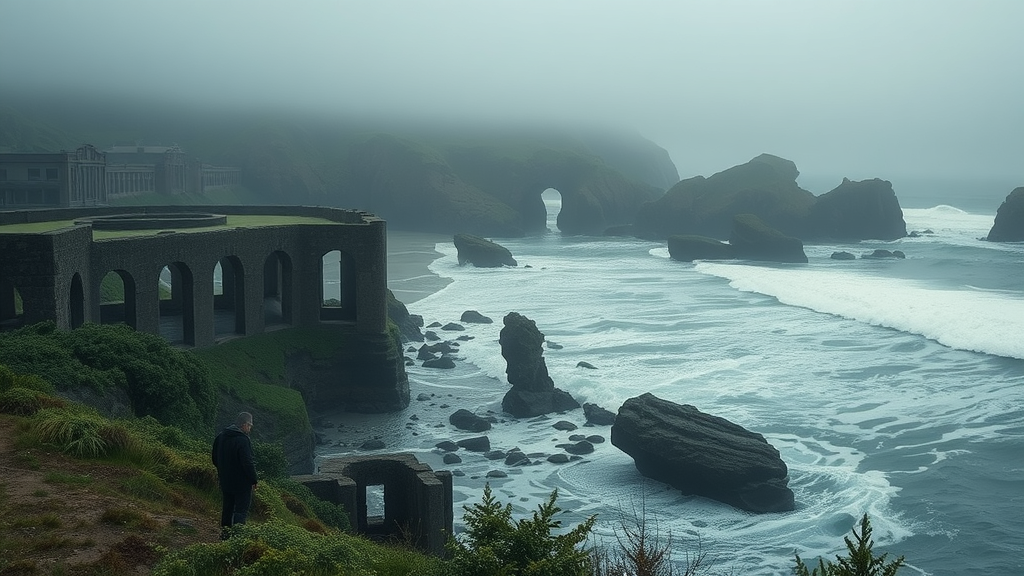
While world-famous sites attract the crowds, San Francisco’s lesser-known landmarks are equally captivating. The Sutro Baths ruins, perched at the city’s western edge near Ocean Beach, once housed lavish public swimming pools but now offer moody, atmospheric glimpses into lost grandeur. Coit Tower , an Art Deco beacon atop Telegraph Hill, contains vibrant Depression-era murals that reveal the city’s working-class history.
Fort Point National Historic Site stands guard under the Golden Gate, combining military history with stunning photo ops. For art lovers and the curious, the Balmy Alley murals in the Mission District chronicle both political struggles and everyday resilience. These gems add unexpected depth to any adventure, showing that every corner of San Francisco has a story worth hearing.
Famous Landmark Streets: From Lombard Street to Embarcadero
Lombard Street: The ‘Crookedest’ Francisco Landmark
Lombard Street needs no introduction to visitors seeking quirky San Francisco wonders. Its famously steep and winding “crooked” block on Russian Hill, lined with lush gardens and brick pathways, invites countless photo stops and slow-driving tourists. This iconic san francisco landmark blends old-world charm with playful inventiveness, and its reputation is cemented in both pop culture and the hearts of locals.
The emblematic curves of Lombard Street not only solve a practical problem—navigating the city’s hills—but they also inspire creative thinking and a sense of fun that permeates San Francisco’s culture. Take a leisurely walk from Hyde to Leavenworth streets and enjoy panoramic views, blooming hydrangeas, and architectural surprises at every turn.
Exploring Embarcadero: Access Gateway to Bay Landmarks
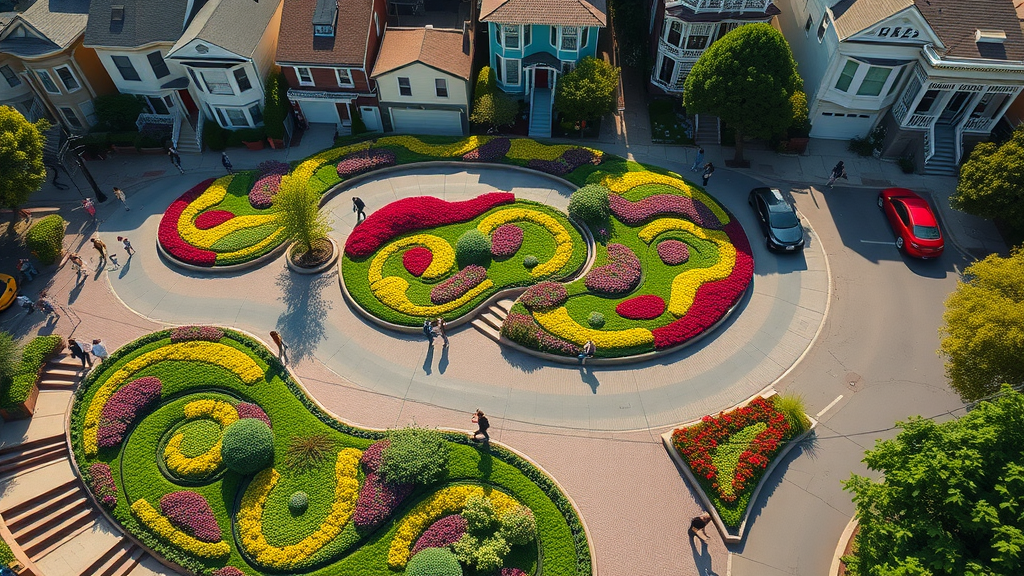
The Embarcadero serves as San Francisco’s bustling gateway to the Bay. Lined with palm trees, lively piers, and the historic Ferry Building, this lengthy boulevard embodies the city’s spirit of innovation and global exchange. From here, visitors launch expeditions to Alcatraz , scope out the fresh market, or simply enjoy views of the Bay Bridge and waterfront skyline. Major festivals, parades, and outdoor markets enliven the Embarcadero year-round, making it a core axis for urban life.
The Embarcadero’s transformation from post-industrial waterfront to vibrant public space showcases the adaptive energy at the heart of San Francisco. It offers not only easy access to landmark districts but also insight into how the city honors its past while embracing the future. Don’t miss a stroll here on your landmark expedition.
| Street Name | Landmark District | Unique Feature |
|---|---|---|
| Lombard | Russian Hill | Crooked brick-lined hairpin turns |
| Embarcadero | Waterfront | Ferry Building, piers |
| Haight Street | Haight-Ashbury | 1960s counterculture legacy |
Frequently Asked Questions about San Francisco Landmarks
What is a famous landmark in San Francisco?
The Golden Gate Bridge is the most famous san francisco landmark , instantly recognizable by its sweeping span and signature International Orange color. It stands as a beacon for city pride, innovation, and welcomes millions of visitors annually.
What is San Francisco famous for?
San Francisco is renowned for its historic districts , diverse culture, world-class culinary scene, and iconic landmarks like the Golden Gate Bridge, Alcatraz Island, and the cable car system. Its legacy in civil rights and innovation also define its global reputation.
What not to miss in San Francisco?
Don’t miss must-sees like the Painted Ladies , a walk along the Embarcadero , a trip to Alcatraz Island , and strolls through landmark districts such as Chinatown or Haight-Ashbury . Experiencing these sites gives you the essence of San Francisco landmarks .
What is the number one tourist attraction in San Francisco?
- The Golden Gate Bridge consistently ranks as San Francisco’s top tourist attraction.
- The city is renowned for historic districts, diverse culture, and iconic san francisco landmarks .
- Don’t miss the Painted Ladies , Alcatraz Island , and walking through landmark districts like Chinatown.
- The Golden Gate Bridge consistently ranks as the city’s top tourist attraction.
Quick Facts and Pro Tips for Visiting San Francisco Landmarks
- Most historic francisco landmarks are accessible by public transport and walking.
- Check opening hours and ticket requirements for major attractions.
- Pack comfortable shoes— landmark districts like North Beach and Nob Hill are best explored on foot!
- Consider guided tours for in-depth stories behind each san francisco landmark .
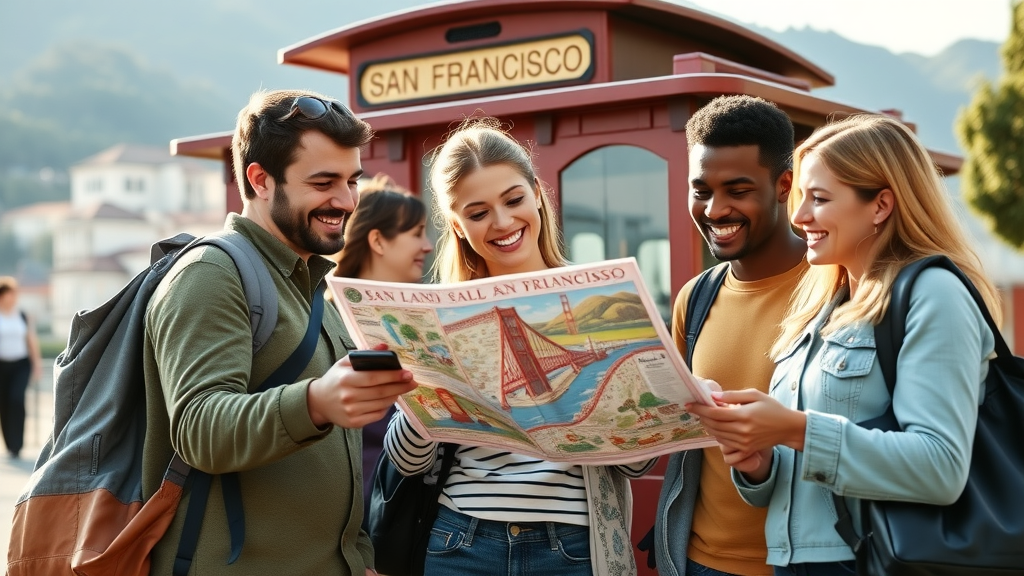
Navigating San Francisco landmarks can be straightforward and rewarding with a few simple tips. Make use of the city’s renowned transit system to move between neighborhoods and major sites. Plan your day around the best times to see popular attractions—mornings often offer lighter crowds and beautiful lighting for photos. Finally, take time to explore less-visited corners where history and local culture thrive without the bustle.
Many historic places in San Francisco offer guided or self-guided walking tours, revealing stories you won’t find in guidebooks. Comfortable shoes are a must—San Francisco’s famed hills and winding lanes are best savored up close and on foot.
Your Ultimate Guide: Plan Your Tour Around San Francisco Landmarks
Suggested Itineraries for Exploring San Francisco Landmarks Over One, Two, or Three Days
Day one could focus on the core: cross the Golden Gate Bridge , wander through Chinatown for a dim sum lunch, then marvel at the Painted Ladies . On day two, scale Twin Peaks for a morning vista, explore murals in the Mission District , and finish at the lively Embarcadero . Extend to a third day for trips to Alcatraz Island , the Sutro Baths ruins, or deep dives into landmark districts like Haight-Ashbury and North Beach .
Each day combines world-famous sites with hidden gems, allowing you to experience the heart and soul of San Francisco. Move at your own pace and mix guided tours with spontaneous discoveries for the fullest journey.
“You haven’t truly seen San Francisco until you’ve walked among its iconic landmarks and vibrant historic districts.” – SF Tour Guide
Whatever your interests—history, art, nature, or culture—a personalized itinerary ensures your landmark adventure is as unique as the city itself.
Continue Your San Francisco Adventure: Explore, Learn, and Share Your Landmark Journey
- Ready to immerse yourself in san francisco landmarks ? Start planning your trip or share your favorite landmark experience online!
- Bookmark this guide for future reference and explore more resources on visiting San Francisco landmark districts .

Exploring San Francisco landmarks is an ongoing adventure—each visit can spark new discovery. Capture your moments, share with friends and fellow travelers, and help keep the city’s legacy thriving. Use this guide as your cornerstone, returning whenever you seek new insight or fresh inspiration for your next journey.
Recommended Videos: Discover San Francisco Landmarks in Action
- Video 1: Aerial Tour of San Francisco’s Iconic Landmarks
- Video 2: Walkthrough of Landmark Districts and Hidden Gems
Conclusion
Take action—walk the streets, join a tour, or discover San Francisco’s landmarks at your own pace. Every landmark you explore adds a new layer to the city’s extraordinary story!

